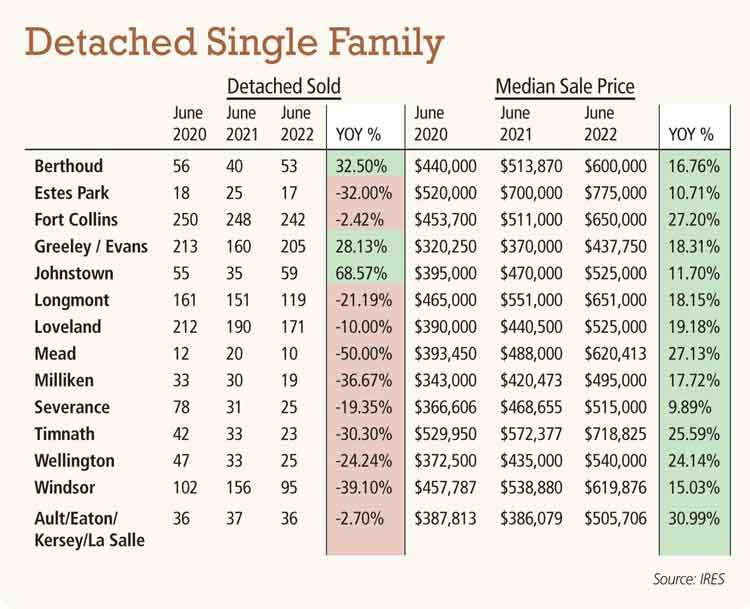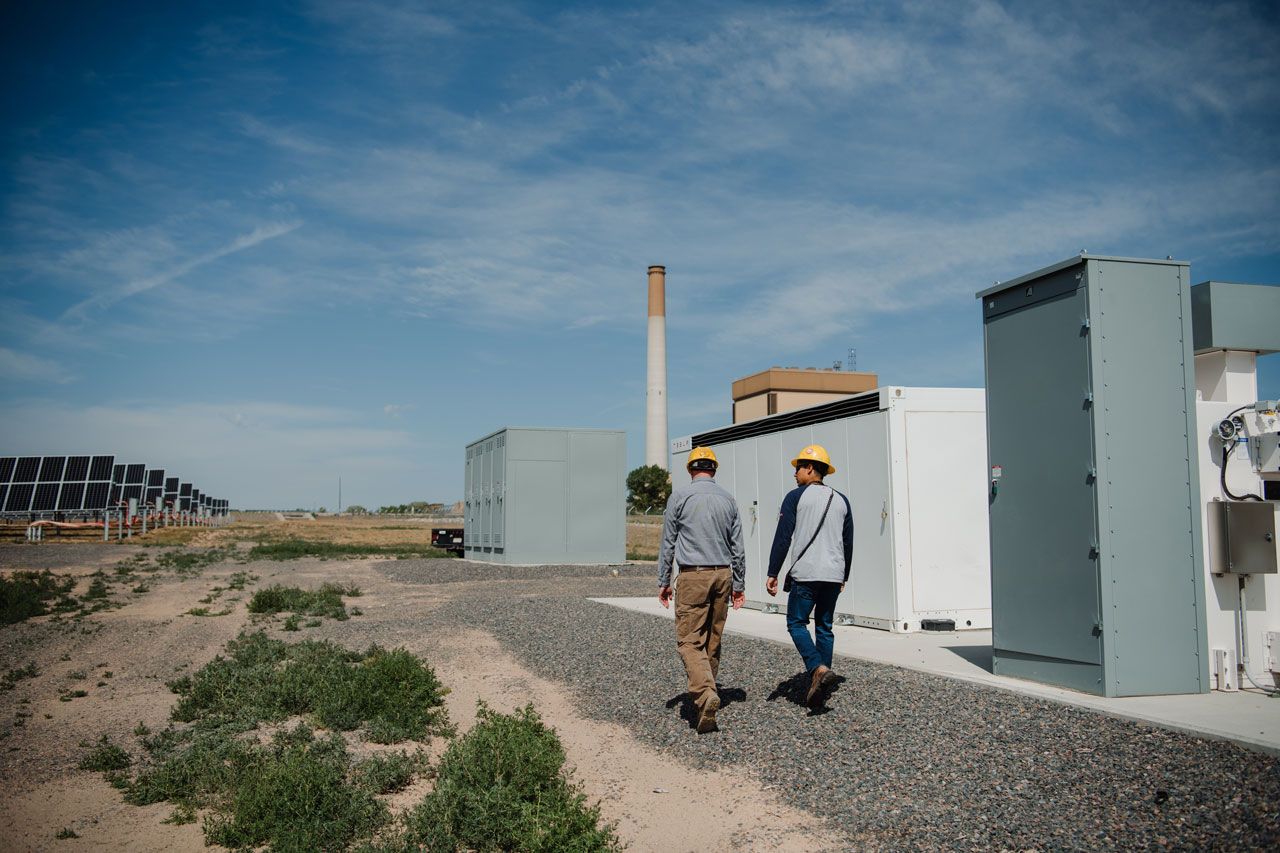Wells: 3 reasons why home prices are not in danger
It is no surprise to see dynamics shifting in national and regional real estate markets over the past few months. Interest rates have pushed some would-be homebuyers to the sidelines, or out of the market completely. Also, there are concerns about the stability of the overall economy, and whether we are headed for a “soft” or “hard” recession.
With that in mind, I first want to state that historically a recession does not equal home price declines. Second, I also want to state the importance of working with more than one data set when analyzing future predicted performance.
For example, many of us draw from our most recent past experience of the Great Recession, recalling how much home prices were impacted across the country. Many areas of the country were more heavily impacted than others. Northern Colorado weathered that recession fairly well with the Fort Collins-Loveland MSA only seeing slightly negative price appreciation for the three years from 2008-2010. For all three years combined, the negative price appreciation totaled 3.4%. Historically, Fort Collins-Loveland has experienced negative price appreciation in only five total years going back to 1978. Those declines (1982: 4.9% and 1987: 2.4%) were driven by the savings and loan crisis.
SPONSORED CONTENT
How dispatchable resources enable the clean energy transition
Platte River must prepare for the retirement of 431 megawatts (MW) of dispatchable, coal-fired generation by the end of the decade and address more frequent extreme weather events that can bring dark calms (periods when there is no sun or wind).
3 reasons to not expect a decrease in home prices
1. Housing supply still tight — Inventory levels still sit at just 2.6 months worth of supply nationwide, according to the National Association of Realtors through June. NAR also reports real inventory is actually lower than that monthly supply figure may suggest, with near record lows of 1.16 million homes on the market. Locally, the Northern Colorado MLS system – IRES – reports only 1.4 months of inventory.
While we have seen inventory levels increasing as the market is losing some steam (due to the reasons mentioned above) the inventory problem that started long before the pandemic continues to persist. In a recently published research study, the nonprofit housing policy group Up For Growth calculates the U.S. housing shortage to be approximately 3.8 million homes. This figure covers both housing available for purchase and rentable housing units nationwide. Out of 800 cities and towns assessed by Up For Growth, six Colorado metro areas were in the top 110 for housing underproduction. From 2012-2020, these communities have collectively come up an estimated 127,000 homes short of the necessary need for their population growth. These economics clearly demonstrate why there has been so much pressure on price appreciation over the same period of time. This also represents the primary factor for why I do not see anything on the horizon that represents a risk to home price appreciation in the short term. I would expect a stabilizing market, with appreciation at or slightly below the long-term regional average of around 4-5% per year.
2. Housing shortages: These Colorado metros rank among the top places in the country for housing production shortfalls, based on building activity between 2017 and 2019, according to a new report by Up for Growth.
25 – Denver – Aurora – Lakewood – 61,939 units short
34 – Greeley – 3,913 units
35 – Colorado Springs – 14,286 units
63 – Fort Collins – 4,828 units
101 – Boulder – 993 units
108 – Grand Junction – 930 units
3.Millennials represents massive housing demand: NAR reports the median age of a first-time homebuyer to be 33. Looking at the millennial generation, it is estimated that more than 9 million millennials will be reaching home ownership age over the next four years. These young adults are showing an increased appetite for ownership, which will add pressure to our existing supply challenges.
Building out will take time
The only way to catch up is to build our way out of this inventory shortage. But with the Federal Reserve attempting to fight inflation by raising interest rates to cool down the economy, most builders are feeling the impact in 2022. Builders were already challenged with the increased cost of materials, supply chain, and labor shortages, which have cast uncertainty on timelines for delivering new homes. While all businesses feel the pinch, these economic concerns weigh especially heavily on developers and builders, who require high initial capital outlay or investment before they ever see profit from the actual sale. Now, as they pull back on production, we see the inventory shortage continue to get worse. This puts pressure on prices, keeping prices stable in the housing market. As I see it, many fears of falling home prices are unfounded based on these underlying market fundamentals, which will persist into the near future.


